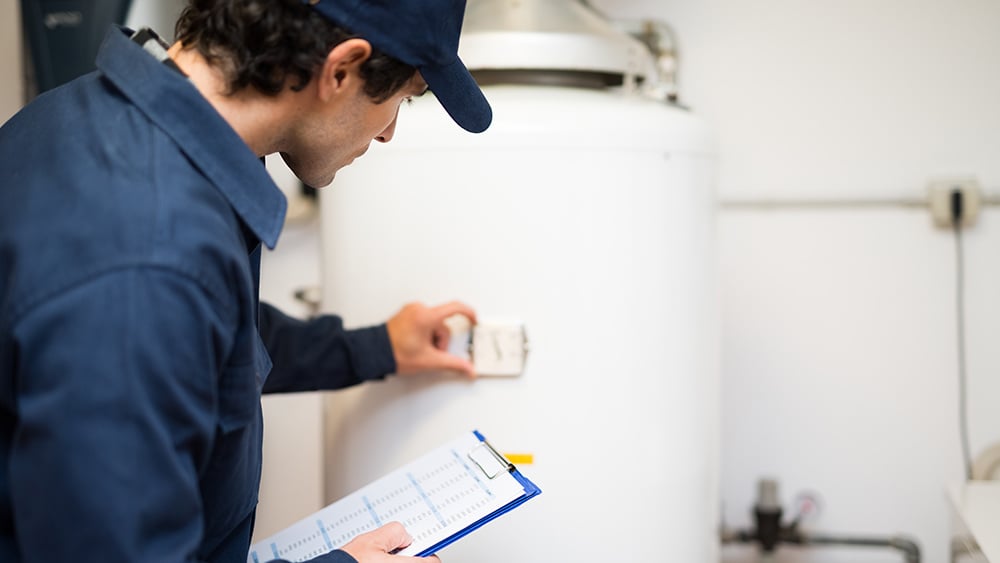
Plumbing replacements and repairs are pricey. That's why plumbing maintenance is the most cost- and energy-efficient way to keep your home in tip-top shape.
Start with a plumbing appliance that requires minimal attention like the water heater. Most plumbing professionals recommend draining the water heater annually to get rid of sediment and debris. This maintenance step also helps prevent cold water bursts, rust, corrosion, and malfunctioning.
To remove sediment and debris from the home water heater, follow this simple guide from Warner Service:
-
For electric water heaters, turn off its power via the circuit breaker. For gas-powered water heaters, turn off the valve on the gas supply line that runs to the tank.
-
Attach a garden hose to the small drain valve on the bottom of the tank.
-
Run the hose to remove the sump into the outside.
-
Shut off the cold water supply to the heater.
-
Open the drain valve and hot water faucet to help the water heater drain.
-
Shut off the hot water faucet when the water finishes draining.
-
Turn on the cold water supply to the heater, and let the water flush out of the tank.
-
Shut the drain valve when the water becomes clear.
-
Disconnect the garden hose to allow the tank to fill up again.
-
Turn on the electricity or gas.
For a tankless water heater, it's most important to test the relief valve. Here are step-by-step directions on how to ensure the relief valve works:
-
Place a kitchen pan or small container underneath the relief pipe to catch the excess water.
-
Pull the small tab-like lever on top of the relief pipe down to activate it. When you pull it down, water should flow. When you push it back up, water should stop flowing.
-
Dump the excess water out after the relief pipe dries.
To clean the relief valve, use the following quick instructions from Warner Service:
-
Place a kitchen pan underneath the relief pipe to catch excess water.
-
Close the water supply valve.
-
Open the hot water fixtures to drain the system.
-
Remove the drain plug, filter, and drain valve.
-
Clean the filter and drain valve with a brush under running water.
-
Put the drain plug, filter, and drain valve back in their respective positions.
-
Close the hot water fixtures.
For another plumbing maintenance tip, check for any signs of leakage. No standing or dripping water should be around the water heater or surrounding plumbing. If you see water, call a professional immediately to avoid flooding and other plumbing problems.
While you're checking for water, look at the anode rod. Found in the top of the tank, the anode rod should be unscrewed and removed. If most of the anode rod is less than 3/8 of an inch in diameter or support wires are visible, replace the anode rod.
To minimize hydrogen formed in the tank of the hot water heater, use an aluminum rod instead of a magnesium rod.
Hot water heater maintenance allows you to enjoy a warm shower without a rotten egg stench. It's an immediate difference, so check the water heater annually.
Rid the water heater of sediment and debris, clean the relief valve, and check for leaking water. Take the proper maintenance steps to keep your home functioning. If you'd rather a plumbing professional perform water heater maintenance, contact Warner Service.


